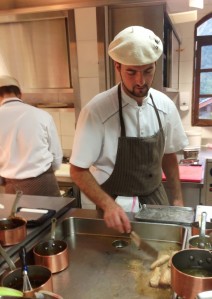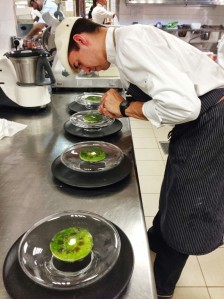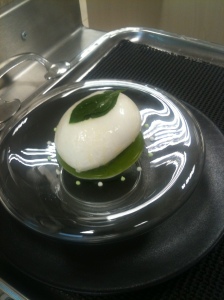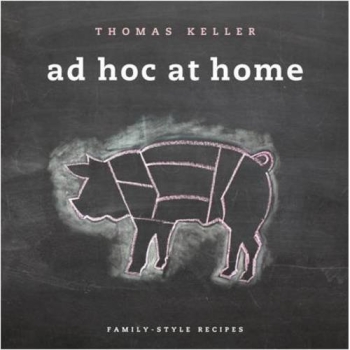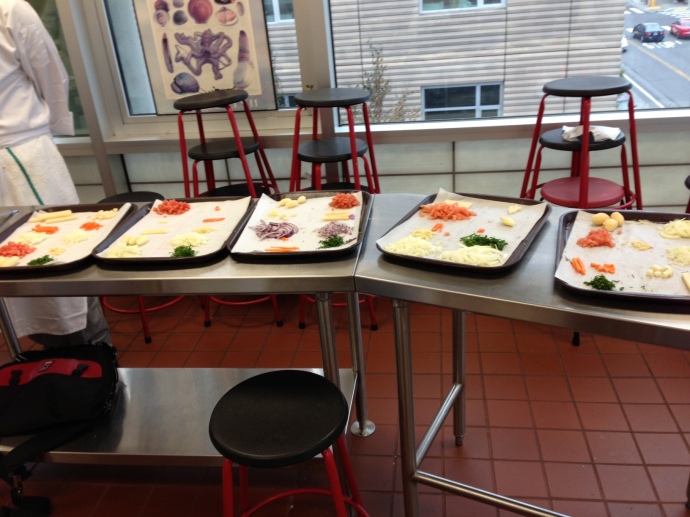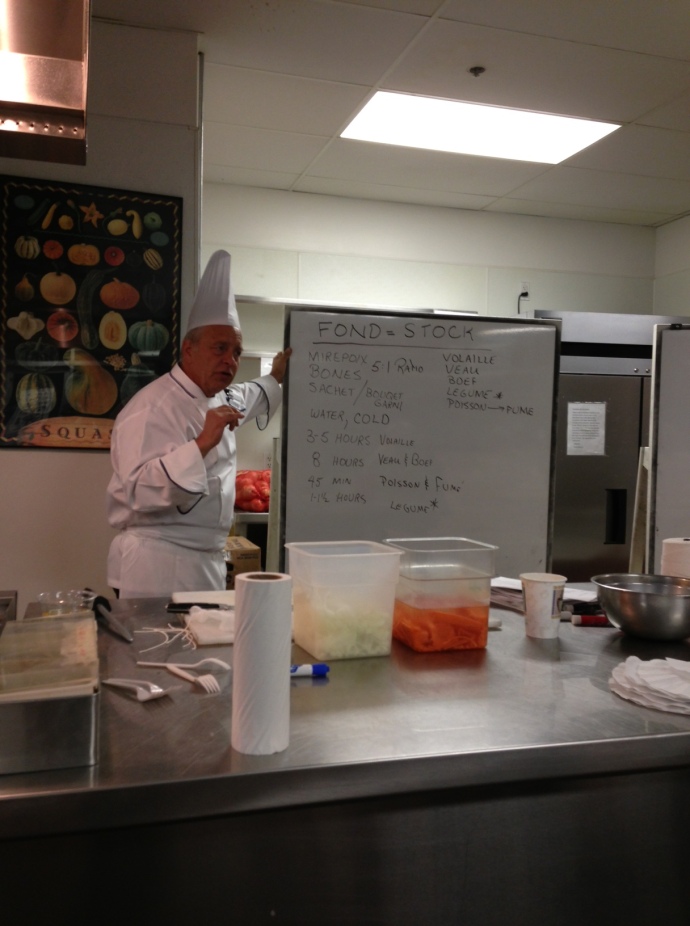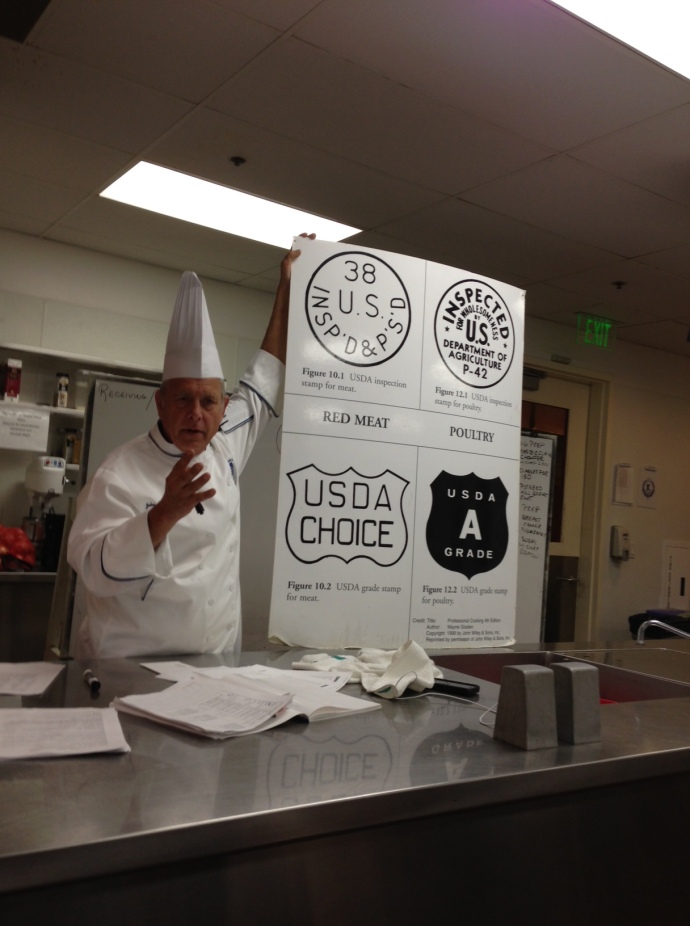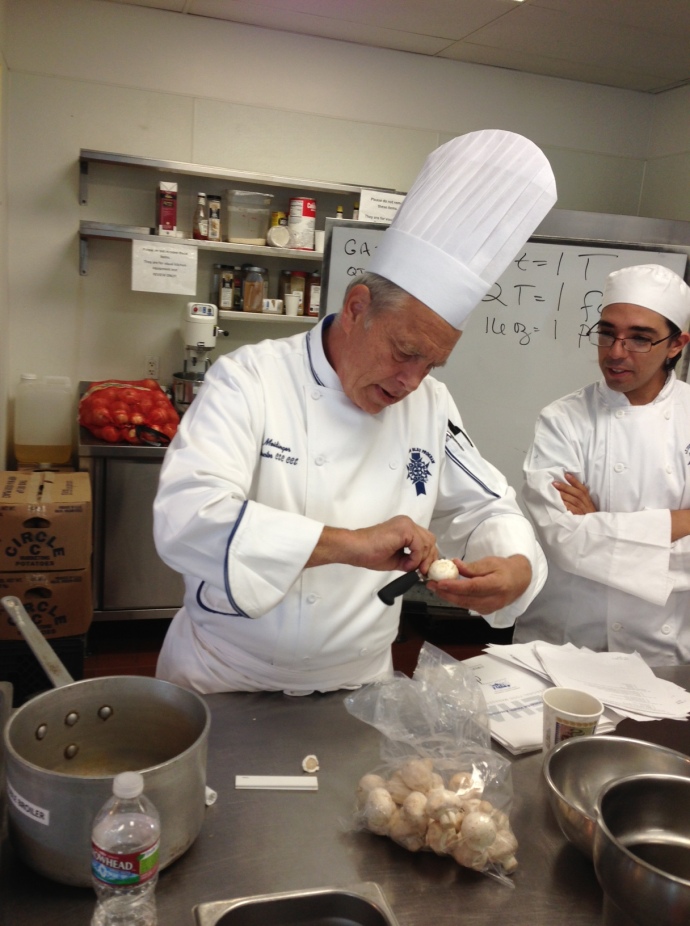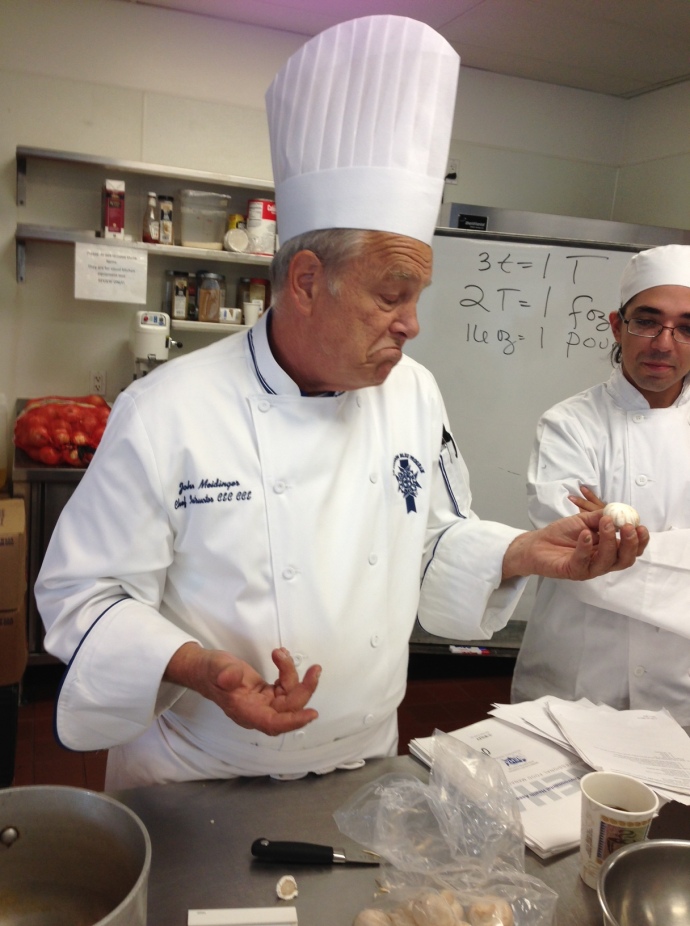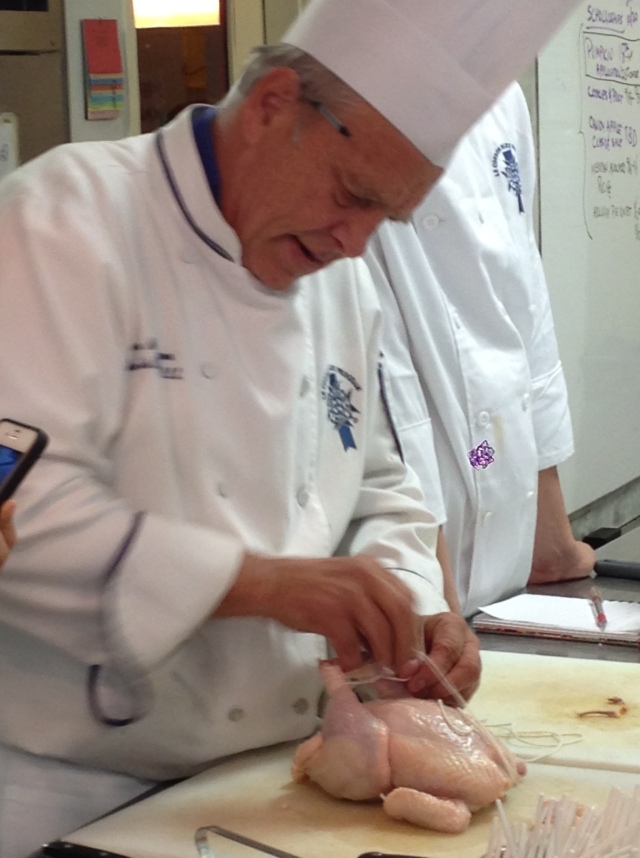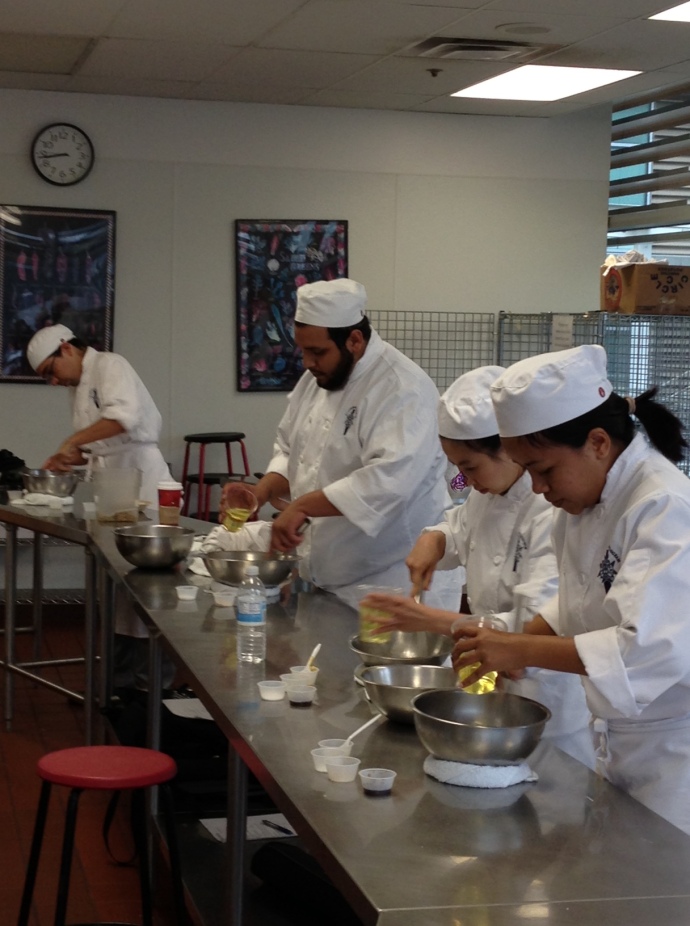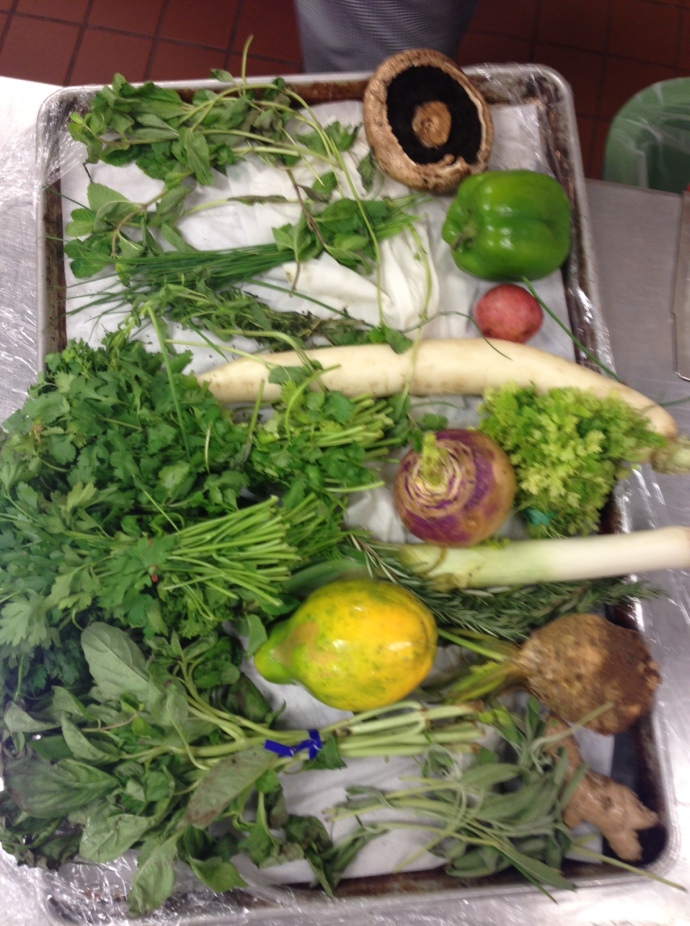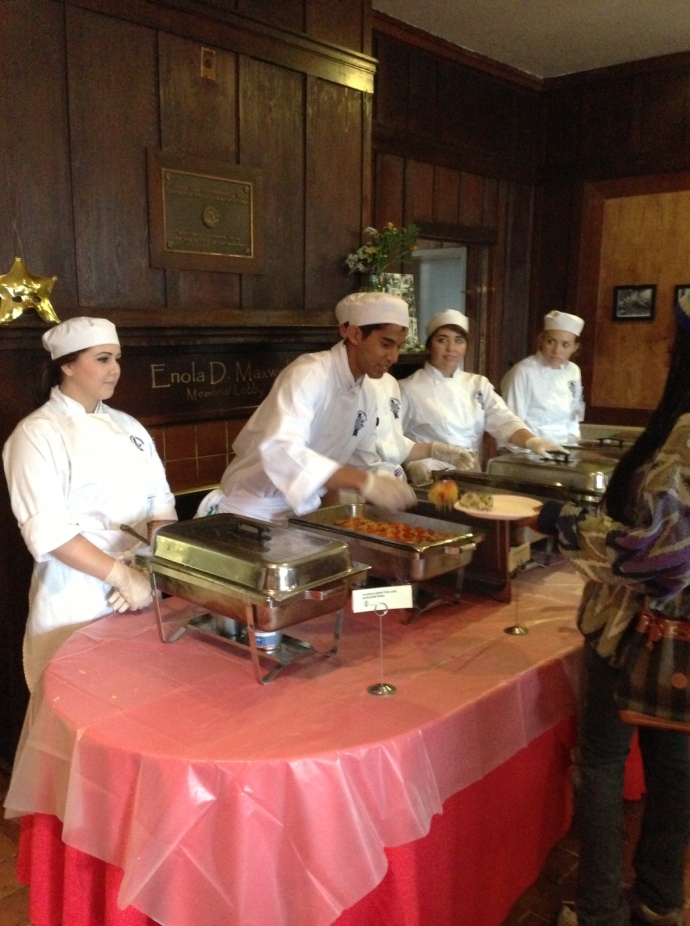La Bouitte has an authentic French kitchen. It is run in the same militaristic manner Escoffier developed as he gave birth to French cuisine. René and Maxime Meuilleur, father and son, have together, earned La Bouitte two Michelin Stars, a restaurant located in the alps of France. I started here as a stagiare, or apprentice, fresh out of culinary school over two months ago. I have had a chance to see and live through the daily rhythm of gastronomic engineering inside one of the best restaurants in the world.
La Bouitte is located in the heart of trois vallees, the largest ski area in the world. It is a destination restaurant frequented by tourists flocking to experience the winter sports France has to offer. I came to work here through the summer, or off season, which is a blessing and a curse. The curse is I don’t get to experience the daily madness of restaurant rush. The blessing is the fraction of client traffic requires a third of the kitchen staff, giving me constant personal attention as I learn the foundations of becoming a chef. I could fill a book with all the experiences and personalities I’ve encountered in this short span of time, something I’d to like to do eventually. But I’m going to try to keep this brief and explain the inner workings of the stations inside La Bouitte, a view into how some of the best food in the world is developed and put out. The menu is constantly changing and redesigned making the job ever more interesting and challenging.
Im going to be honest: this experience was not a pure fantasy I’d hoped. The hours were long, and the work took a toll on my body. Having just finished my last day, I am sitting here with a brace on my wrist from what I believe is a torn muscle in my forearm. I worked through this injury for over two weeks, of course worsening the damage which I am now reeling from. Hopefully, by the end of this post, I will have convinced you of why this foolhardy level of dedication is necessary. My self esteem has been battered to shreds from all the insults and scoldings, but consequently I have gained great confidence, feeling entirely at ease in the kitchen. I can dip my hand in boiling water without wincing. I have no qualms of feeding a millionaire and his date. I wont hesitate to cater a party of over a hundred. The bandage has been ripped off so to speak.
The Front
The front of the hot line has two stations: the plating and mise en bouche, which overlap with each other a bit. The plating station takes each item on the dinner menu and assembles them on a consciously selected plate to be sent out to the customer. This station consists of two people: the father and son owners of the restaurant. The mise en bouche station, manned by one cook, preps and fires the surprise starter courses each client receives.
Mise en Bouche
When you sit down to eat at La Bouitte, immediately after ordering your drink a surprise appertif is delivered. This is usually a one to two bite surprise embodying some of the values the restaurant takes gravely seriously: interesting flavors and impeccable presentation. After the dinner order is received, the mise en bouche is fired. This is a standard appetizer sized course meant to give a glimpse into the ongoing strife for perfection evolving in La Bouitte. La Bouitte keeps track of all of it clients, so repeat guests enjoy an entirely different experience with each visit.
During the winter, there are two people at this station. This summer, its just one person. I owned this station for a couple weeks, and subsequently jumped over as needed. The time I’ve spent owning this station is the toughest experience of my life to date. I was swimming in the weeds thirteen hours a day. Since most customers arrive within the first half hour of service, mise en bouche is the first to get hit. And it gets hit hard. During busy services, Maxime, the chef de cuisine and son of the owner, moves over from the plating station, and helps fire all these plates. When I wasn’t drowning in this station, Arthur, an Argentinian seventeen year old held it down.
Plating
The plating station is exclusively owned by the father and son owners of the restaurant: René and Maxime, the heads of the kitchen. This station assembles all of the hot line entrees on an oversized pass window. They also do all the expediting: calling out orders to be prepped and fired from the other stations. Because the Mise en Bouche station finishes first with all the courses to be fired early on, usually the second half of each service is spent working this station. Plating has been the funnest job of my life. My entire childhood, I’ve always taken technical electives, and constantly shied away from the art classes. Partly because of lack of interest at the time, and partly because I’m garbage with my hands. At La Bouitte, each plate is without a doubt, a work of art. Chef Maxime is a genius in this respect.
When I first started working the plating station, there were quite a few parts to certain plates I avoided because of the significance or difficulty. I remember early on, Chef Maxime was about to lay the sauce onto the pigeon plate with just a spoon, stopped midstep, turned, and handed me the spoon. Not knowing French was irrelevant: I knew exactly what was going to happen next. I grabbed the spoon, laid the sauce on the plate like garbage, Maxime sighed, pulled out a new plate, and we started over. That was a slow service though, so we actually had some time available, and Maxime kept handing me the spoon until I got it right. In strained English he told me something along the lines of “during busy services we won’t have time to teach you.. you just have to know.” Soon enough I saw an incredibly busy service, and witnessed over a dozen empty plates sitting on the pass waiting to be sent out. René and Maxime were both busy doing other plates and these dishes that were just fired had to go out, and they had to go out now. I put together plates in their entirety, and sent them out with the usual:
“Service s’il vous plait!”
This was a quite a stressful way to learn, but I picked it up pretty quick. I still don’t think I’m an artist, but I have some techniques to play around with food. Almost every time I plate, my mind pretty much shuts off, but sometimes I’m thinking, “Man, I would kick some ass if I played Operation again.”
For those raised in a different generation as me, Operation is a board game from the nineties. The board holds a funny looking man with all this organs and limbs hollowed out hidden between metal edges. One plays the game by plucking out a bone with metal tweezers that buzzes if an adjacent edge is touched. A steady hand wins the game. I always lost this game as a kid. Winning Operation: one more important skill added to my belt.
Since the plating station doesn’t actually own any plates, there’s no actual prep for the head chefs. Regardless, they are still in the kitchen most mornings, often helping prep and fire mise en bouche (especially since owning a station alone is an inordinate amount of work). However, considering all the other things the owners have to worry about, their help is not guaranteed: something I learned the hard way.
The Hot Line
All of the entrees on the menu are handled by two stations: viande and poisson. Viande handles all the meat dishes, and Poisson handles the rest (including the fish of course). Both stations are owned by, in my opinion, two of the most talented chefs in the world. What makes them so great is they cook a mile a minute, and rarely if ever make mistakes. Working with people who work this fast makes it very easy to get in the way or slow them down. If every you’re in the way during service, you may just get run over. You will certainly be publicly embarrassed. This last winter both of these stations were manned by four. This summer, each has two: a genius and a stagiare.
Viande
Chef Stephane owns the viande station, and he might be one of the most frightening characters I’ve encountered in my life. He convinced me he knew no English, but I have a strong hunch he is completely fluent given his eloquence in throwing me profanity when he could get away with it (“Suck my dick, you leetle bitch, you fucking guy.”) He had the only other stagiare as his commis, Cylià, whom he [affectionately?] called “Ratatouille.”
Stephane has worked for three Michelin star restaurants before and when you watch him work it shows. He breaks down pigeons, chickens and rabbits in a matter of seconds. During prep he conjures up several gallons of stock in giant half meter high high hotel pans on his flattop. He lugs around these giant hotel pans filled to the brim with stock, bones, and aromates on a regular basis (god help if you if you get in his way on that one). During service, his flattop is surrounded by dozens of copper pots, waiting to be used in the myriad of sauces across all his dishes.
When Chef Stephane is not in a horrifying mood, he is a total goofball. If we make eye contact during slow services, he passes me one of several crude gestures. From blowing me a kiss, to taking the squeeze bottle filled with white slurry, profusely shaking it in front of his waist, and finally shooting out drops of slurry six feet into the air. Along with the pure adrenaline rush of busy services, this sort of banter makes working in the kitchen pretty fun.
Poisson
Along with all the fish dishes, Poisson owns other miscellaneous entrees like mozza. Mozza is a mozzarella balloon filled with tomato mousse held over a basil aspic round, tomato confit squares and a mozzarella sauce circle. All of which, virtually floating over the table held on a large spotless glass dome. Poisson is owned by Chef Laurent, who has put in over eight years at La Bouitte, a seasoned veteran. Though there is no official single sous chef in this kitchen, he is second in command informally: everyone respects and listens to his directions.
I have been his commis for the bulk of this summer. At first, I did nothing but cleaning and all the tedious prep. As I began to work quicker, and my work moved closer to perfection, I was taught new techniques, skills and recipes. I now finish all that tedious prep within an hour or two, and my remaining time is spent doing some pretty cool things like filleting whole fish, and making some of the sauces. During service, I get to play with a blowtorch every time an order for foie gras comes in. I love when the chef calls out orders for foie gras.
In the beginning, the stagiares don’t get to touch food unless they show they can clean fast and well. The skills required to clean are very similar to cooking: using one’s hands to follow a sequence of steps that may vary depending on the situation (requiring observation and reaction skills), and the level of detail one maintains to finish the job. This makes sense for an expensive restaurant: if a stagiere is not very good, having them screw up the cleaning won’t affect the customers experience. It does, however, affect all the other cooks, who must now stay longer to pick up the weight dropped by the slacking stagiere. This brews an animosity that will hopefully drive out any unfit cooks from the kitchen. A progression then follows of increasingly complex and significant tasks, where responsibilities are piled on by proving all simpler tasks can be completed well and quickly.
This is how one moves up in such a kitchen: finishing any job sooner, and with higher quality, than expected. So that’s the hot line. there’s just five of us (not including the two head chefs since they don’t do much actual cooking). One can imagine five people feeding everyone lunch and dinner six days a week with complex plates is no easy feat. There is no calling in sick here. Feeling under the weather? Suck it up, we need you.
Baking and Patisserie
There are two remaining stations in La Bouitte’s kitchen: boulangerie and patisserie. I haven’t worked either stations (though I’d like to), so I don’t have too much insight into them.
Boulangerie
The boulangerie station pumps out all the bread for the restaurant. It is run by just one girl: a small blonde named Chloé. It is amusing to see her throw down three kilos of dough and the counter, and beat it with her tiny hands.
Seven days a week, she starts at 4am and puts out over a dozen different types of bread a day. She gives us all fresh, French bread every day, and I love her for it. I’ve been enamored with baking bread since learning how in culinary school, and spent my little time off working with her to pick her brain.
Patisserie
The patisserie station is responsible for all the desserts La Bouitte has to offer. This summer it holds two talented people: Chef Antony, Chef de Patisserie, and Delphine, his commis. Chef Antony has taken other restaurants from one Michelin star to three in his past and his desserts exemplify that experience. They are beautiful and elegant yet simple at the same time. Delphine joined halfway through the summer after his first commis, a stagiare, quit early on, unable to handle the physical and emotional stresses of the job.
So that’s the kitchen during the summer of 2013 at La Bouitte. There were the two head chefs, five on the hot line, and three in baking. There’s another ten or so on the front side of the restaurant, which includes all the servers, sommolier, maitre’d, receptionists, etc.. We all ate lunch and dinner together every day immediately prior to each service, developing a tight knit family of folks all across France, and me, the “Bullsheet American.”





